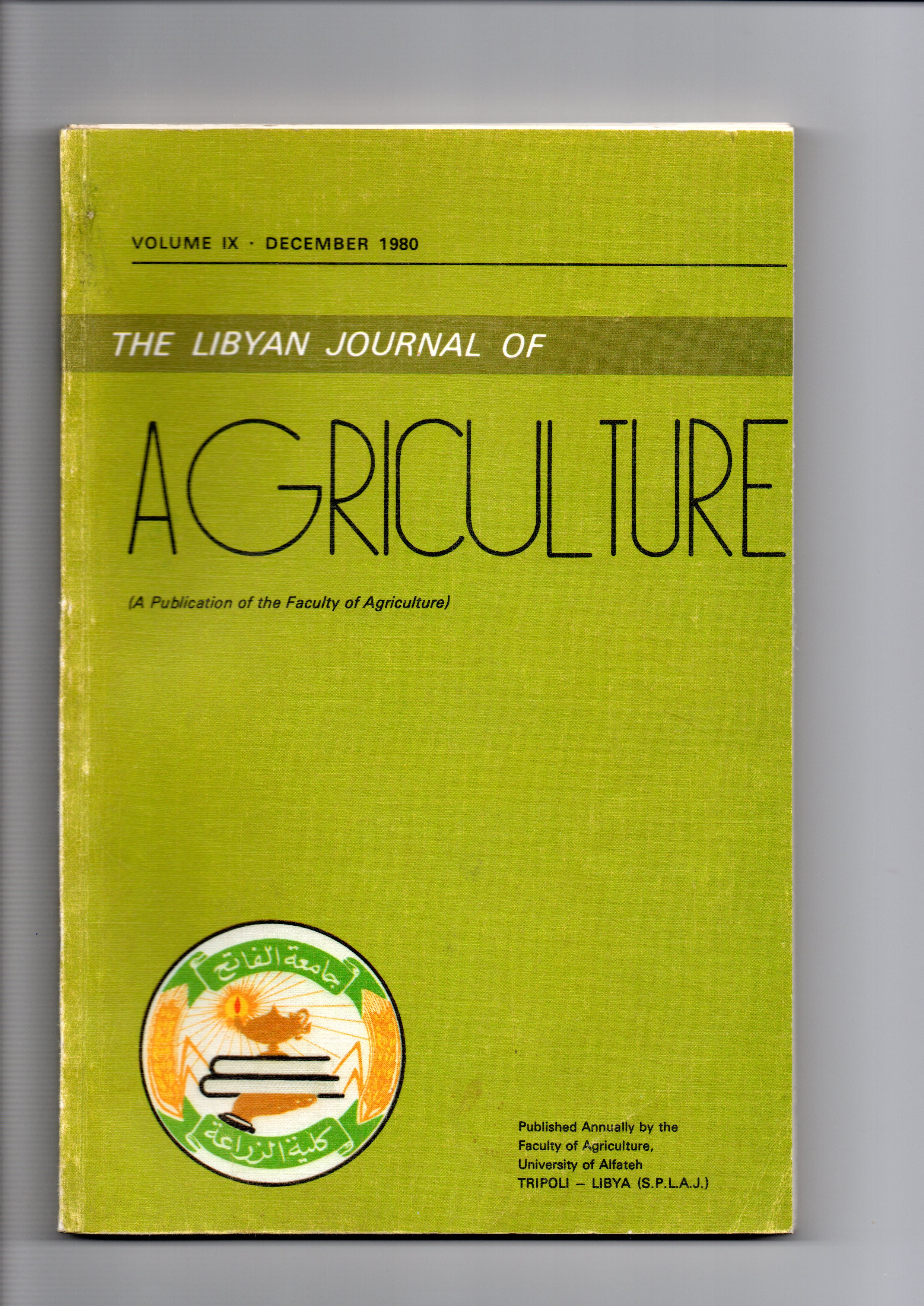Use of Ethrel and Alsol as Chemical Aids for Harvesting Olives
Main Article Content
Abstract
Spraying olive trees (Olea europaea L.) Cv., Coratina with Ethrel (2-Chloroethyl Phosphonic Acid) significantly faciltated hand-harvesting of olives. Total fruit harvested during the 1977 season by two labourers hand-shaking the trees for 2 to 3 minutes ranged from 69-83% depending on concentration, compared to 20% for the control. Percentage of fruit harvested during the 1978 season was less than in 1977. Treatment with Ethrel at 750. 1000 and 1250 ppm resulted in 68, 57 and 73% reduction in Fruit Removal Force (FRF) 2 weeks from spray. Alsol (2-Chloroethyl-tris (2-Methoxy ethoxy)-Silane) was ineffective in the October spray of 1978. but was very effective in the November spray in reducing FRF and. consequently, facilitating handharvesting of olives. Alsol at 1000 and 1250 ppm resulted in harvesting 50 and 47% of the crop in 2 to 3 minutes by shaking alone. Both Alsol and Ethrel treatments increased leaf abscission over the control. However, the amount of dropped leaf was considered negligible as compared to that which falls during present methods of harvesting. Alsol and Ethrel (750-1000 ppm) appeared to be very promising aids to harvesting olives without excessive leaf drop.

